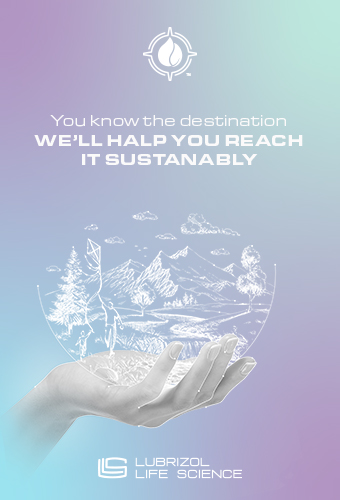Pascal Portes, who leads the R&D department of the fragrance and natural ingredients division at L’Occitane en Provence, presented at the 2022 World Perfumery Congress in Miami Beach, Florida, the outcome of a study on forgotten perfumery plants, conducted in partnership with the Chemistry Institute of Nice and the International Perfume Museum in Grasse, France [1].
"As Nature is the largest R&D laboratory on the face of the earth, at L’Occitane, we’re like explorers who set off towards unknown lands with boundless enthusiasm, never knowing what we’re going to discover," said Pascal Portes.
A database of more than 800 perfumery plants
According to L’Occitane, this R&D project seeks to rediscover and explore forgotten perfumery plants, and to evaluate the possibility of reintroducing them as present-day ingredients. Hundreds of books were studied, and a variety of experts were inter-viewed. Data was collected regarding identity, history, symbolism, uses, smell, medicinal properties, and hypotheses as to the reason plants may have been forgotten, and with the information obtained, a database containing more than eight hundred perfumery plants was created.
The interest of L’Occitane en Provence to respect biodiversity led to a closer look into Hawthorn and Sweet Clover, both identified as forgotten perfumery plants, and each having ecological benefits in terms of biodiversity regeneration.
Indeed, the R&D project not only revived precious historical heritage but offered insights into the link between ingredient sourcing and biodiversity regeneration.




































